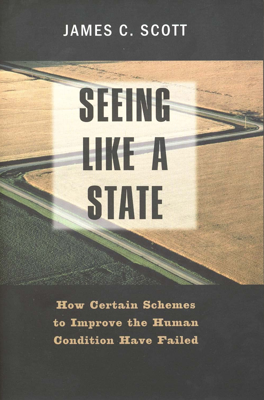Compulsory Villagization in Tanzania: Aesthetics and Miniaturization
Tanzania underwent a large-scale villagization from 1973 to 1976 under the ujamaa village campaign, aimed at relocating at least 5 million Tanzanians into government-planned villages. This initiative was distinctive as it was primarily motivated by development and improvement of welfare rather than political suppression or security, distinguishing it from similar movements in other African and European contexts.
Key Objectives and Rationale: - The villagization intended to simplify the delivery of development services like schools and healthcare by centralizing populations. - It facilitated political control by reorganizing human communities to fit state-sanctioned models of settlement and agriculture mimicking colonial legacies. - Despite less violent methods compared to other regimes like Soviet Russia, the campaign was coercive and often poorly executed, causing both ecological damage and economic setbacks.
Visual and Aesthetic Motivations
The villagization also embodied a visual aesthetic of order and modernization akin to high-modernist principles observed in planned urban projects across other socialist and developmentalist states: - It was believed that streamlined, organized settlements would inherently lead to better functionality and productivity. - The visual semblance of order was sometimes prioritized over practical effectiveness, detaching the aesthetic from its initially pragmatic intents.
Economic and Ecological Impacts
While initially promising improved agricultural output and centralized convenience, the villages were typically economically and ecologically unsuccessful: - They ignored local knowledge and agricultural practices, failing to adapt the implemented farming techniques to local conditions. - The ecological mismanagement and disregard for historically evolved land use patterns further compounded the inadequacy of these villages.
Cultural and Political Resistance
Despite government efforts, there was significant resistance from locals: - Many residents relocated under duress and maintained a desire for traditional living arrangements. - The top-down imposition often led to friction between the state's aims and the villagers' customary lifestyles and knowledge systems.
Bureaucratic and Miniature Model Villages
The campaign also highlighted a tendency toward bureaucratic solutions and miniature model villages: - Such miniaturized setups provided a controlled environment to model the success of administrative plans, albeit often detached from broader realities. - These models, while neat and orderly, typically failed to scale or translate effectively into broader applications due to their oversimplified and detached designs.
In summary, Tanzania's attempt at villagization, while less brutal than similar efforts in other nations, exhibited serious flaws in its high-modernist underpinnings. Misjudgments in ecological and social planning, overemphasis on aesthetic and visual order, and failure to consider local knowledge and practices led to widespread inefficiency and dissatisfaction, marking it as an ultimately flawed initiative.
